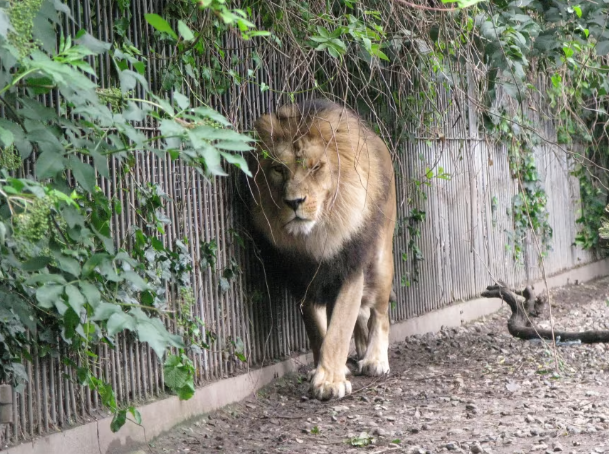
Aalborg Zoo in northern Denmark has sparked widespread debate after appealing to pet owners to donate their unwanted animals to feed its predators. The zoo, home to lions, tigers, and lynxes, announced that animals such as guinea pigs, rabbits, chickens, and even small horses can be given to the facility — not for display, but to serve as meals for carnivorous residents.
In a recent Facebook post, Aalborg Zoo explained that the initiative aims to replicate the natural food chain and enhance the welfare of the zoo’s predators. “Chickens, rabbits and guinea pigs form an important part of the diet of our predators,” the post read, accompanied by an image of a lynx baring its sharp teeth. “This ensures their nutrition, encourages natural behavior, and prevents waste.”
According to the zoo’s official website, all donated animals are first “gently euthanized” by professional staff before being provided as food to predators like Asiatic lions, European lynxes, and Sumatran tigers. Zoo officials emphasize that this approach allows the carnivores to maintain a diet closer to what they would consume in the wild, including fur, bones, and natural textures.
Deputy Director Pia Nielsen told The Guardian that this practice is not new and has been part of Aalborg Zoo’s feeding routine for years. She highlighted that in Denmark, it is common to feed predators with smaller livestock to simulate a natural environment. “When keeping carnivores, it is necessary to provide them with meat, preferably with fur and bones. Allowing animals that must be euthanized for various reasons to be used in this way makes sense,” Nielsen stated.
The zoo’s request has generated mixed reactions online. Critics argue that turning pets into prey is unethical and emotionally distressing for owners, while supporters praise the eco-friendly and educational aspects of the initiative. Many animal enthusiasts noted that it promotes sustainability and prevents the waste of otherwise euthanized animals.
Denmark’s zoos have previously faced global scrutiny over similar policies. In 2014, Copenhagen Zoo controversially euthanized a healthy giraffe named Marius to prevent inbreeding, sparking international outrage despite petitions to save the animal. The giraffe’s remains were later used for research and to feed predators like lions and leopards. Weeks later, the same zoo euthanized four lions to introduce a new male for breeding purposes, drawing further criticism.
As Aalborg Zoo continues its controversial program, the debate highlights the delicate balance between animal welfare, naturalistic zoo practices, and public sentiment. While many conservationists back the practice as a step toward authentic predator care, the emotional response from pet owners continues to challenge the ethical boundaries of modern zoos.






